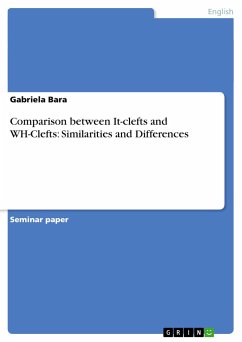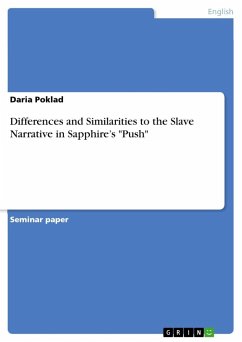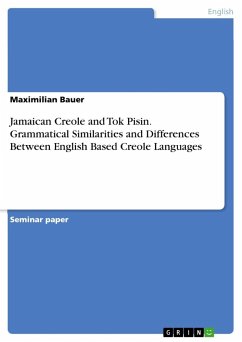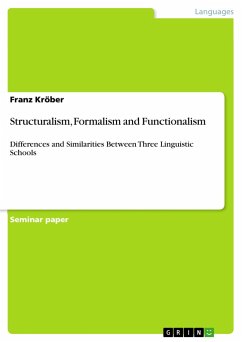Seminar paper from the year 2005 in the subject English Language and Literature Studies - Linguistics, grade: 1,7, Technical University of Braunschweig (Englisches Seminar), course: Introduction to Information Structure, language: English, abstract: From language to language, there are different alternatives in which a speaker can structure information. Information structure deals with the highlighting of pieces of information in sentences. Even though there are a variety of ways in which the same basic informational content can be conveyed, the preference for a particular way reveals how the speaker's semantic representation is transposed into syntactical data. Moreover, the speaker's choice for structuring information into a particular linguistic form shows the coherent way in which utterances are connected in sequences, revealing thus the importance of discourse.There are several syntactic devices that are able to encode the pragmatic information of a preferred alternative. One type of such devices used to mark information structure is cleft constructions. There are two major types of clefts: it-clefts and WH-clefts, also called pseudo-clefts.There has been claimed in the literature for a long time that cleft constructions are interchangeable. Clefts present a series of syntactic similarities, but they behave differently in discourse. The purpose of this paper is to prove that it-clefts and WH-clefts are not interchangeable. In doing so, data will be analyzed by comparing clefts as far as form, structure, and discourse functions are concerned, and eventually, in the light of given and known information, I will show the essential differences between them.Although the grammatical forms are in direct relation and determine to some degree the information structure in a cleft, apart from the syntactical level, of significant importance is the analysis of cleft constructions as integrated components of a discourse. One should take into account the natural flow of language in a discourse, the surrounding information and the linguistic context in which clefts occur.This paper will present a parallelism in form, structure, and discourse functions between it-clefts and WH-clefts, and show that despite the symmetry in form and structure, the different discourse functions reveal clefts as autonomous and distinct syntactic devices.








